 Welcome
Welcome
“May all be happy, may all be healed, may all be at peace and may no one ever suffer."
- A
- B
- C
- D
- E
- F
- G
- H
- I
- J
- K
- L
- M
- N
- O
- P
- Q
- R
- S
- T
- U
- V
- W
- X
- Y
- Z
Cornea Eye - Diseases
The cornea is the clear, dome-shaped front surface of the eye that covers the iris, pupil, and anterior chamber. It is the first part of the eye that light passes through on its way to the retina, and it plays a crucial role in focusing light and protecting the eye from damage.
The cornea is composed of five layers of tissue, including a thin outer layer of epithelial cells, a thick middle layer of collagen fibers, and an inner layer of endothelial cells. The cornea has no blood vessels, and it receives oxygen and nutrients from the aqueous humor, a clear fluid that fills the front part of the eye.
The cornea is responsible for about 70% of the eye's focusing power. Its curved shape helps to bend light as it enters the eye, allowing it to be focused onto the retina at the back of the eye. The clarity and smoothness of the cornea are critical to maintaining good vision, and any damage or irregularity can cause visual problems such as blurriness, distorted vision, or sensitivity to light.
Disorders of the cornea include corneal abrasions, infections, and degenerative conditions such as keratoconus, which can cause the cornea to become thin and cone-shaped. Corneal transplants, in which a damaged cornea is replaced with a healthy one from a donor, can be an effective treatment for some corneal disorders.
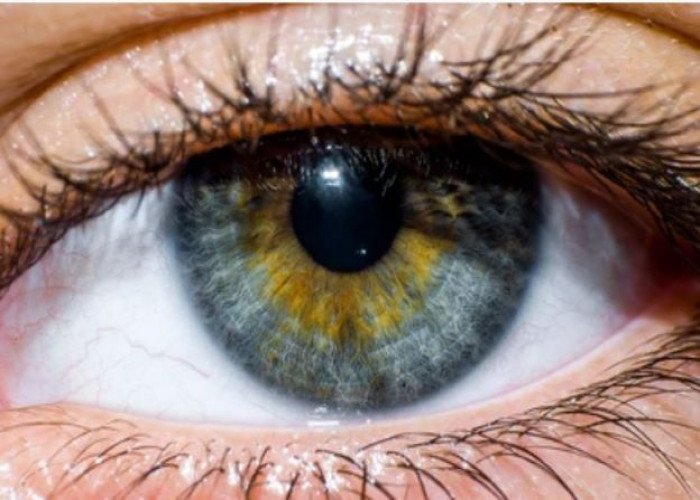
Cornea Eye
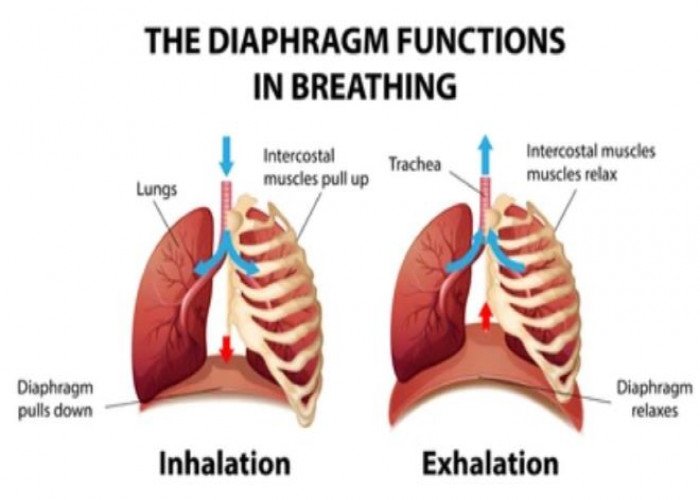
Diaphragm

Prostate
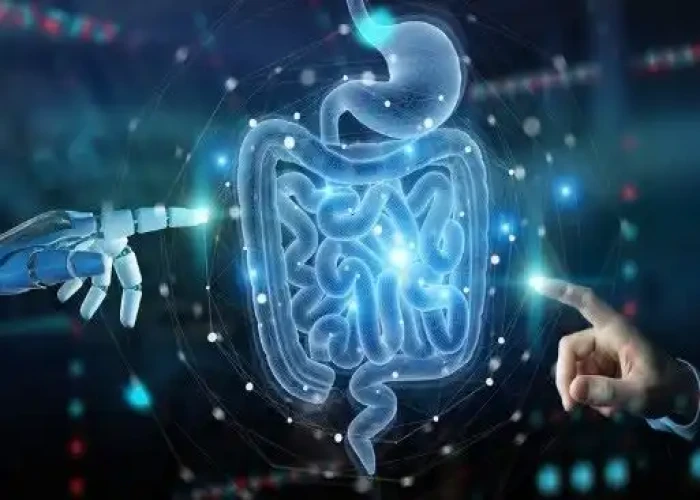
Ileum intestine
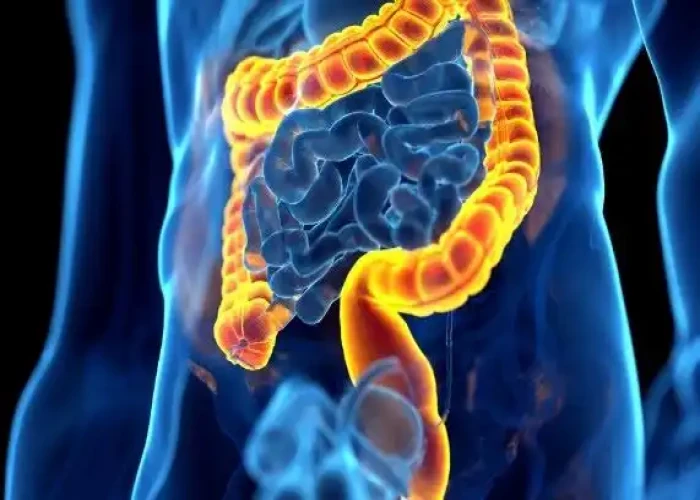
Ascending colon intestine
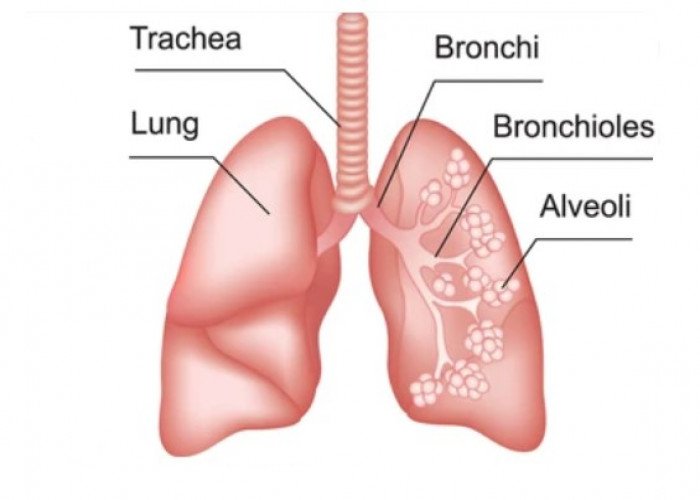
Trachea
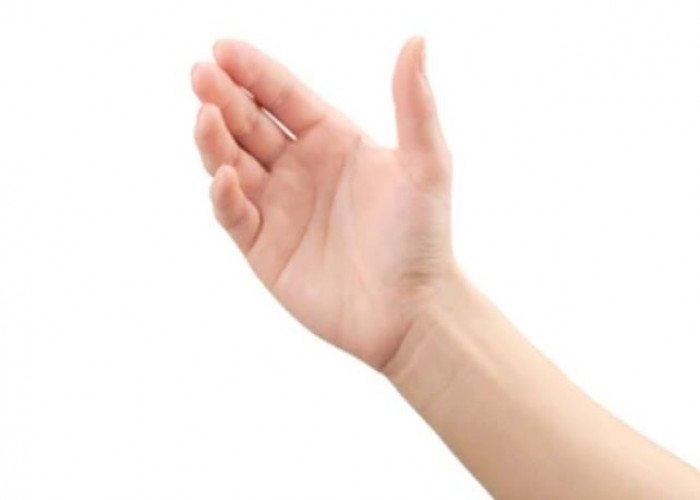
Hand
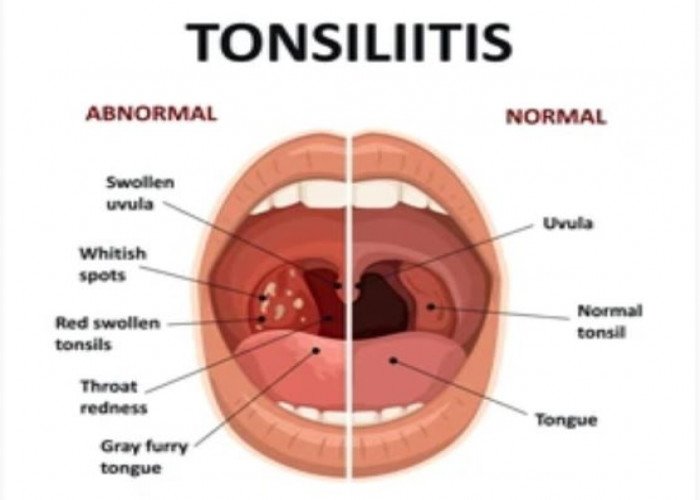
Tonsils
Cornea Eye, Keratoconus, Corneal arcus, কর্নিয়া আই
To be happy, beautiful, healthy, wealthy, hale and long-lived stay with DM3S.